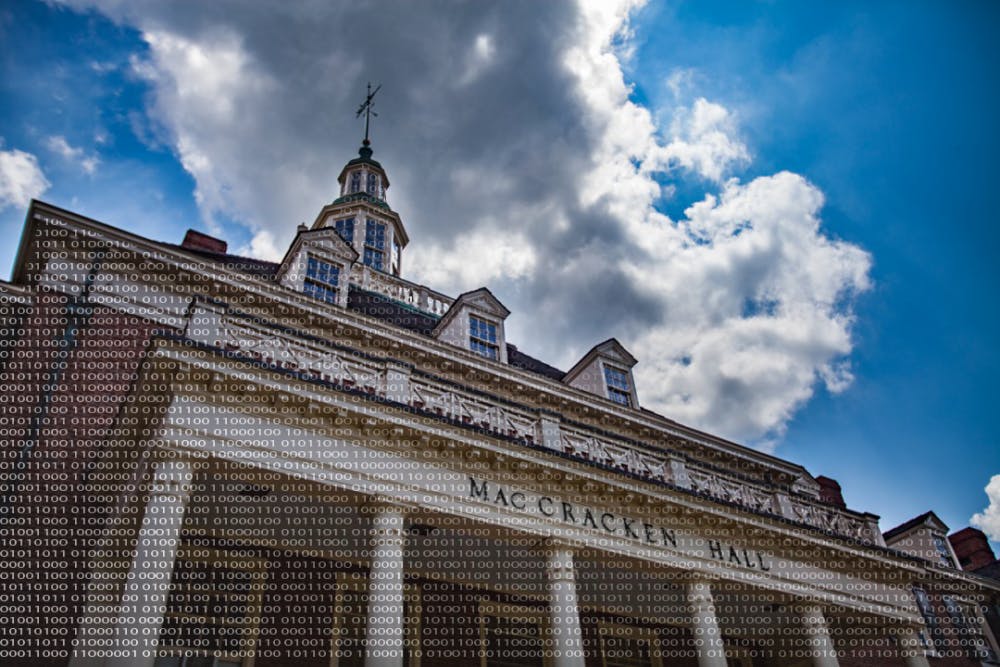In 1956, Miami's 16th President, John D. Millett, suggested that Miami adopt a "selective admission policy" for the first time. Up to that point, all admission had been first-come, first-served. This was the first time Miami considered data from an applicant's high school record.
In the Digital Age, Miami still uses data for admission -- and practically every aspect of the student experience.
As machine learning algorithms and artificial intelligence grow stronger, universities across the country -- including Miami -- have started to harness the data they've collected to enhance student experience and reduce student turnover rate.
Michael S. Kabbaz was the first-ever associate vice president for enrollment management in 2011 and has kept Miami on the cutting edge of data analytics.
Kabbaz, now the senior vice president for enrollment management and student success, works with "big data" programs that are designed to bolster student success. Using algorithms, Kabbaz and Miami advising teams can analyze historical course data to determine "indicators" -- small things that, though appearing insignificant, have in the past told a bigger story about student performance. Indicators -- like, for instance, a barely-passing grade in one class -- could show that lookalike students from the past are at risk of not graduating in four years or dropping out.
Armed with this knowledge, faculty can intervene.
"We can engage in a proactive conversation," Kabbaz said. "[It] helps us hone in on the advising conversations to better support students."
When advisors join the discussion, they can offer tutoring or other assistance. The big data algorithms can give them guidance: What worked in the past? How does that compare to now?
Miami isn't the first university to engage in predictive analytics. Institutions nationwide like Arizona State University use big data to automatically "nudge" students to perform tasks to help them complete their degree. Their datasets can include family data, financials, grades and other anonymized information.
With the power of big data, large universities can help students -- especially first-generation college students -- navigate the institution's complicated bureaucracy.
Given the vast amounts of information available, there are other possibilities for big data on campus: Student ID cards alone are used to move between buildings and make purchases. For students concerned about Big Brother, Kabbaz says they shouldn't be. Right now, the data isn't used for anything except monitoring and optimizing academics.
"Anything outside of the academic side," Kabbaz said, "that's not at all looked at at this point in time."

